Use this nursing care plan and management guide to help care for patients with epiglottitis. Learn about the nursing assessment, nursing interventions, goals and nursing diagnosis for epiglottitis in this guide.
What is Epiglottitis?
Epiglottitis is the acute inflammation of the epiglottis and surrounding laryngeal area with the associated edema that needs an emergency situation as the supraglottic area becomes obstructed. Commonly caused by Haemophilus influenzae type B, it affects children ages 2 to 7 years.
Children experiencing epiglottis typically appear ill with a high fever, sudden sore throat, muffled voice, and rapid respirations and prefer on sitting upright with the chin extended and mouth open. Drooling is common due to dysphagia and respiratory distress is progressive as the obstruction advances. Once epiglottitis is suspected, no examination of the oropharynx is initiated until emergency equipment and personnel are readily available.
The child may need endotracheal intubation or tracheostomy for some cases of severe respiratory distress. Onset is rapid (over 4-12 hours) and breathing patterns are usually re-established within 72 hours following intubation and antimicrobial regimen.
Nursing Care Plans and Management
Nursing care planning goals of a child with epiglottitis consist in providing the child with immediate emergency care to avoid the development of further complications. Other goals for the client with epiglottitis are maintaining airway patency, achieving thermoregulation, relieving anxiety, conserving energy to decrease oxygen requirements, enhancing parental/caregiver knowledge, and absence of complications.
Nursing Problem Priorities
The following are the nursing priorities for patients with epiglottitis:
- Maintaining patent airway
- Managing hyperthermia
Nursing Assessment
Assess for the following subjective and objective data:
- See nursing assessment cues under Nursing Interventions and Actions.
Nursing Diagnosis
Following a thorough assessment, a nursing diagnosis is formulated to specifically address the challenges associated with epiglottitis based on the nurse’s clinical judgment and understanding of the patient’s unique health condition. While nursing diagnoses serve as a framework for organizing care, their usefulness may vary in different clinical situations. In real-life clinical settings, it is important to note that the use of specific nursing diagnostic labels may not be as prominent or commonly utilized as other components of the care plan. It is ultimately the nurse’s clinical expertise and judgment that shape the care plan to meet the unique needs of each patient, prioritizing their health concerns and priorities.
Nursing Goals
Goals and expected outcomes may include:
- The child’s airway will maintain a patent airway with improved airway clearance, as evidenced by clear breath sounds, normal respiratory rate, and adequate oxygenation.
- The child will demonstrate a reduction in signs and symptoms of respiratory distress, such as retractions, and the use of accessory muscles.
- The child’s body temperature will maintain between 36.4° C- 37.5°C.
- The parents will verbalize decreased anxiety.
- The child will appear calm without agitation, crying, or irritability.
- The parents will verbalize an understanding of the condition of the child and its preventive care.
- The parents will identify preventive measures to maintain the child’s patent airway.
- The child’s airway remains open either naturally or by means of an ET tube or tracheostomy.
Nursing Interventions and Actions
Therapeutic interventions and nursing actions for patients with epiglottitis may include:
1. Maintaining Patent Airway Clearance and Improving Respiratory Status
Epiglottitis is a condition where the epiglottis, which covers the trachea during swallowing, becomes swollen and obstructs the airway. This obstruction can lead to ineffective airway clearance due to the increased production of mucus and edema in the upper airways, making it difficult for the patient to breathe properly.
Assess respiratory rate, effort, pattern, and depth.
Nasal flaring, rapid breathing, dyspnea, chest retractions, and apnea are signs of severe respiratory distress that may require immediate airway support. These symptoms may indicate that the patient is struggling to breathe and may require interventions such as oxygen therapy, mechanical ventilation, or airway management.
Auscultate lungs for the presence of normal or adventitious lung sounds.
Absent or decreased lung sounds may reveal the presence of a mucous plug or airway obstruction. Stridor is a late ominous sign of epiglottitis that indicates emergency airway management.
Use pulse oximetry to monitor oxygen saturation; assess arterial blood gases (ABGs).
Pulse oximetry is used to detect changes in oxygenation. Oxygen saturation should be maintained at 90% or greater. Alteration in ABGS may result in increased pulmonary secretions and respiratory fatigue.
Encourage oral intake by offering warm, clear fluids.
Adequate hydration liquefies thick mucus/secretions.
Position the child in a sitting up and leaning forward position with mouth open and tongue out (“tripod” position).
Allows maximum entry of air into the lungs for improved oxygenation.
Keep suction equipment readily available.
Suction equipment should be readily available at the bedside to clear any secretions or debris that may obstruct the airway.
Advice parents to limit the patient’s activities such as excessive movement or talking.
Any activity that causes the patient to become agitated can worsen respiratory distress by increasing the demand for oxygen.
Administer humidified oxygen
Children need moist air to decrease epiglottal inflammation and facilitate expectoration.
Administer IV antibiotics as ordered.
After obtaining blood and epiglottic cultures, second-or-third generation cephalosporins and beta-lactamase-resistant antibiotic should be started as soon as possible.
Administer corticosteroids (Dexamethasone) as ordered.
Corticosteroids work by decreasing inflammation and swelling in the upper airways, which can help to relieve the airway obstruction and improve breathing. Corticosteroids are often used in combination with antibiotics, which are also typically prescribed to treat bacterial infections that can cause epiglottitis.
Prepare for intubation or tracheostomy; Anticipate the need for an artificial airway.
An artificial airway is required to promote oxygenation and ventilation and prevent aspiration.
2. Managing Fever and Hyperthermia
Hyperthermia in patients with epiglottitis is caused by the inflammatory response and infection of the epiglottis. The body’s immune response to the infection triggers the release of cytokines, causing an increase in core body temperature and fever. As the infection is controlled, the fever typically subsides with appropriate treatment.
Identify the precipitating factors.
Determination and management of the underlying cause are necessary for recovery.
Monitor the patient’s HR, BP, and especially the tympanic or rectal temperature.
HR and BP increase as hyperthermia progresses. Tympanic or rectal temperature gives a more accurate indication of core temperature.
Provide cooling measures such as lightweight clothing, decreasing room temperature, and cooling compresses.
Room temperature may be accustomed to near normal body temperature and blankets and linens may be adjusted as indicated to regulate the temperature of the child.
Provide sufficient rest and encourage a stress-free environment.
Decreases metabolic requirements.
Encourage adequate fluid intake.
Fever can result in fluid loss and dehydration.
Raise the side rails at all times.
Ensure patient safety even without the presence of seizure activity.
Teach the child and family members about the signs and symptoms of hyperthermia and help in identifying factors related to the occurrence of fever.
Providing health teachings to the patient and family aids in coping with the disease condition and could help prevent further complications of hyperthermia.
Administer antipyretics (Acetaminophen or Ibuprofen) as prescribed.
Decreases fever and relieves throat pain.
Administer IV antibiotics as ordered.
Treats underlying cause or existing bacterial infection.
3. Reducing Anxiety and Providing Emotional Support
Patients with epiglottitis may experience anxiety due to the potential for airway obstruction and respiratory distress. The fear of not being able to breathe or communicate effectively can cause significant distress and anxiety for the patient. Additionally, the patient may feel anxious due to the invasive interventions required for treatment, such as intubation or tracheostomy.
Assess the severity of fear and anxiety of parents and the child.
Provides information regarding the presence of severe anxiety as symptoms of the disease become more acute and breathing more difficult.
Provide a calm and supportive environment and reassure parents that the amplest care is being given to the child.
Provides reassurance and lessens the anxiety of parents.
Encourage parents to stay with the child, and provide a place for rest.
Promotes security needs for the child and assists in decreasing parental anxiety.
Involve family members in the care.
This will provide additional emotional support and alleviate anxiety
Maintain the child in a tripod position; Allow a familiar object (toy, blanket) during the hospitalization.
Promotes a position of comfort and security for the child.
Educate parents regarding procedures, treatment, and modifications in the child’s condition.
Reduces anxiety caused by fear of the unknown.
Avoid any measures or procedures that are not needed during the acute stage.
Prevents the raise of anxiety which increases respiratory distress.
Provide orientation to parents and the child about the room, equipment, supplies, and policies.
Familiarizes them with the hospital environment.
Encourage the expression of fears and feelings of parents and child and for those caused by severe behaviors and anxiety.
Minimizes anxiety and humiliation.
Encourage relaxation techniques, such as deep breathing or visualization.
Reduce anxiety and promote relaxation.
Allow the child to remain seated on the parent’s lap during all care, including lateral neck X-ray if ordered.
Decreases the anxiety of the child and avoids precipitating a complete obstruction.
Educate parents that swelling subsides 24 hours after antibiotic therapy is started and epiglottis usually returns to normal in about 3 days.
Provides evidence of positive outcomes and reduces anxiety.
4. Preventing Suffocation
There is a risk of suffocation in patients with epiglottitis due to the inflammation and swelling of the epiglottis, which can obstruct the airway and cause respiratory distress. The condition can rapidly progress and potentially lead to complete airway obstruction, making prompt recognition and management critical to prevent suffocation and other serious complications.
Assess for changes in skin color from pallor to cyanosis, severe dyspnea and sternal and intercostal retractions, lethargy, and increased pulse.
Provides information about increasing airway obstruction.
Monitor oxygenation via pulse oximeter; Provide oxygen as prescribed.
Promotes oxygenation of tissues and prevents hypoxemia.
Assess the patient’s ability to swallow safely.
The inflammation and swelling of the epiglottis can impair the ability to swallow and increase the risk of aspiration.
Discourage examining the throat with a tongue blade or taking throat culture unless immediate emergency equipment and personnel are at hand.
Leads to laryngospasm and airway obstruction.
Allow to sit up and avoid lying position.
Lying down may cause the epiglottis to fall backward, causing airway obstruction.
Ensure the availability of endotracheal intubation set at the bedside; assist with tracheostomy if needed or prepare for the procedure in surgery.
Establishes airway if the obstruction is present and respiratory failure and asphyxia are imminent.
Avoid the use of sedatives or other medications that may impair swallowing.
Impaired swallowing can increase the risk of aspiration, which can lead to further airway obstruction and respiratory distress.
Encourage the patient to take small, frequent sips of water or ice chips as tolerated.
Helps to keep the throat moist and can ease discomfort. It also promotes the natural process of swallowing, which can help to maintain the strength and coordination of the swallowing muscles.
Provide a brief clear explanation of care and all procedures and purpose and procedure for emergency intubation or tracheostomy if required while hospitalized.
Explanations provide information and support for parents who are unfamiliar with the care.
Inform parents of the rationale for restraints if an emergency procedure is done, that swelling is reduced after 24 hours of therapy and ET tube will probably be removed after 3 days.
Prepares parents with information on what to expect.
5. Patient Education and Health Teachings
Parents of pediatric patients with epiglottitis may not have enough deficient knowledge about the promotion of health-seeking behaviors within the hospital and/or home to prevent complications and speed recovery. This can be due to the rarity of the condition, the sudden onset of symptoms, and the need for immediate medical attention. Therefore, education and communication are critical components of nursing care to ensure that parents are aware of the necessary behaviors to promote recovery and prevent complications both in the hospital and at home.
Assess parents’ understanding of teaching and reinforce it as needed.
Provides information about further teaching needs.
Grant praise for efforts.
Positive reinforcement enhance self-esteem and pride in caring for the child properly.
Teach parents about the signs and symptoms of respiratory distress such as nasal flaring, retractions, cyanosis, increasing respiratory rate, and increased pulse.
Enables parents to gain knowledge in order to seek immediate medical intervention as necessary.
Teach parents about the administration of prescribed medications.
Promotes an understanding that may enhance consistent and proper medication administration and identification of untoward side effects.
Teach parents about the importance of sufficient rest and proper nutrition, to avoid illness.
Prevents secondary infections; promotes the body’s own natural defenses.
Encourage and teach parents to render care for the hospitalized child at a level they are comfortable with and within the constraints of essential treatments.
Promotes parental identity and control; may reduce anxiety and stress.
Educate parents, child, and family members, as applicable, on good handwashing techniques and the proper disposal of soiled tissues, and so forth.
Avoids transmission of illness.
Recommended Resources
Recommended nursing diagnosis and nursing care plan books and resources.
Disclosure: Included below are affiliate links from Amazon at no additional cost from you. We may earn a small commission from your purchase. For more information, check out our privacy policy.
Ackley and Ladwig’s Nursing Diagnosis Handbook: An Evidence-Based Guide to Planning Care
We love this book because of its evidence-based approach to nursing interventions. This care plan handbook uses an easy, three-step system to guide you through client assessment, nursing diagnosis, and care planning. Includes step-by-step instructions showing how to implement care and evaluate outcomes, and help you build skills in diagnostic reasoning and critical thinking.

Nursing Care Plans – Nursing Diagnosis & Intervention (10th Edition)
Includes over two hundred care plans that reflect the most recent evidence-based guidelines. New to this edition are ICNP diagnoses, care plans on LGBTQ health issues, and on electrolytes and acid-base balance.

Nurse’s Pocket Guide: Diagnoses, Prioritized Interventions, and Rationales
Quick-reference tool includes all you need to identify the correct diagnoses for efficient patient care planning. The sixteenth edition includes the most recent nursing diagnoses and interventions and an alphabetized listing of nursing diagnoses covering more than 400 disorders.

Nursing Diagnosis Manual: Planning, Individualizing, and Documenting Client Care
Identify interventions to plan, individualize, and document care for more than 800 diseases and disorders. Only in the Nursing Diagnosis Manual will you find for each diagnosis subjectively and objectively – sample clinical applications, prioritized action/interventions with rationales – a documentation section, and much more!

All-in-One Nursing Care Planning Resource – E-Book: Medical-Surgical, Pediatric, Maternity, and Psychiatric-Mental Health
Includes over 100 care plans for medical-surgical, maternity/OB, pediatrics, and psychiatric and mental health. Interprofessional “patient problems” focus familiarizes you with how to speak to patients.

See also
Other recommended site resources for this nursing care plan:
- Nursing Care Plans (NCP): Ultimate Guide and Database MUST READ!
Over 150+ nursing care plans for different diseases and conditions. Includes our easy-to-follow guide on how to create nursing care plans from scratch. - Nursing Diagnosis Guide and List: All You Need to Know to Master Diagnosing
Our comprehensive guide on how to create and write diagnostic labels. Includes detailed nursing care plan guides for common nursing diagnostic labels.
Other nursing care plans for pediatric conditions and diseases:
- Acute Glomerulonephritis | 4 Care Plans
- Acute Rheumatic Fever | 4 Care Plans
- Apnea | 4 Care Plans
- Brain Tumor | 3 Care Plans
- Bronchiolitis | 5 Care Plans
- Cardiac Catheterization | 4 Care Plans
- Cerebral Palsy | 7 Care Plans
- Child Abuse | 4 Care Plans
- Cleft Lip and Cleft Palate | 7 Care Plans
- Congenital Heart Disease | 5 Care Plans
- Congenital Hip Dysplasia | 4 Care Plans
- Croup Syndrome | 5 Care Plans
- Cryptorchidism (Undescended Testes) | 3 Care Plans
- Cystic Fibrosis | 5 Care Plans
- Diabetes Mellitus Type 1 (Juvenile Diabetes) | 4 Care Plans
- Dying Child | 4 Care Plans
- Epiglottitis | 5 Care Plans
- Febrile Seizure | 4 Care Plans
- Guillain-Barre Syndrome | 6 Care Plans
- Hospitalized Child | 5 Care Plans
- Hydrocephalus | 5 Care Plans
- Hypospadias and Epispadias | 4 Care Plans
- Intussusception | 3 Care Plans
- Juvenile Rheumatoid Arthritis | 4 Care Plans
- Kawasaki Disease | 6 Care Plans
- Meningitis | 7 Care Plans
- Nephrotic Syndrome | 5 Care Plans
- Osteogenic Sarcoma (Osteosarcoma) | 4 Care Plans
- Otitis Media | 4 Care Plans
- Scoliosis | 4 Care Plans
- Spina Bifida | 7 Care Plans
- Tonsillitis and Adenoiditis | 4 Care Plans
- Umbilical and Inguinal Hernia | 4 Care Plans
- Vesicoureteral Reflux (VUR) | 5 Care Plans
- Wilms Tumor (Nephroblastoma) | 4 Care Plans

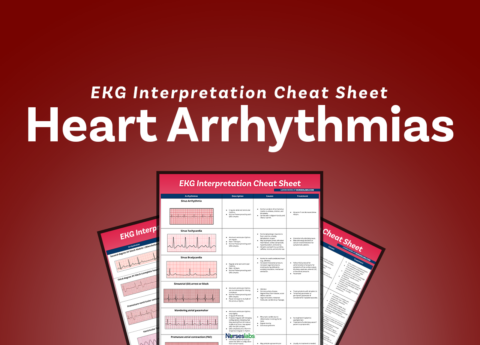


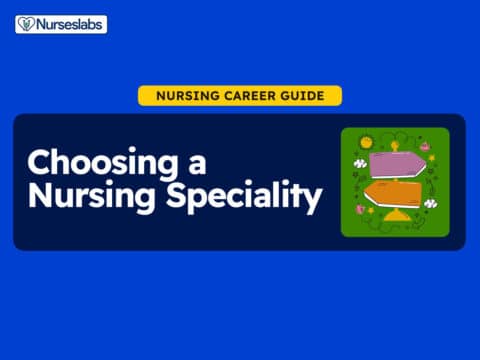



















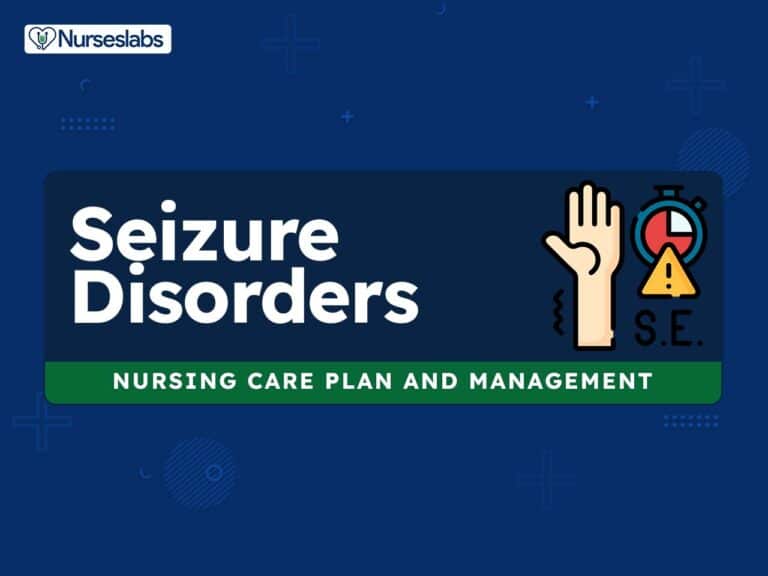
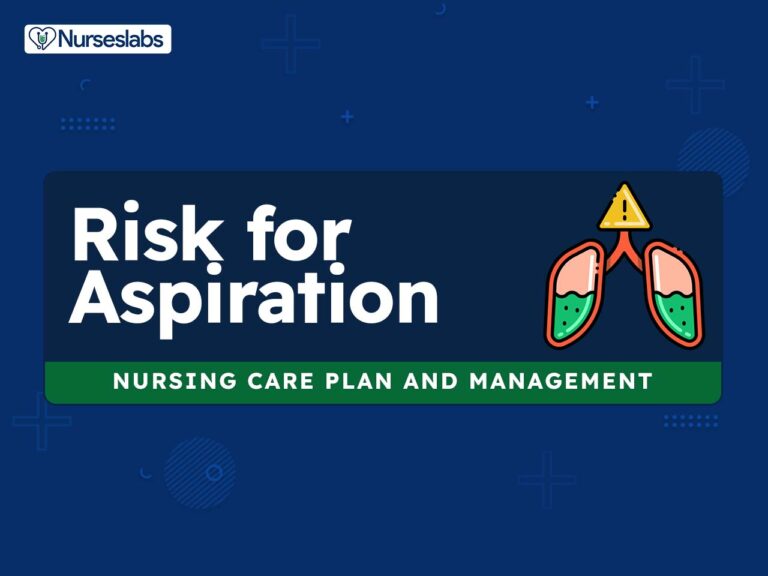
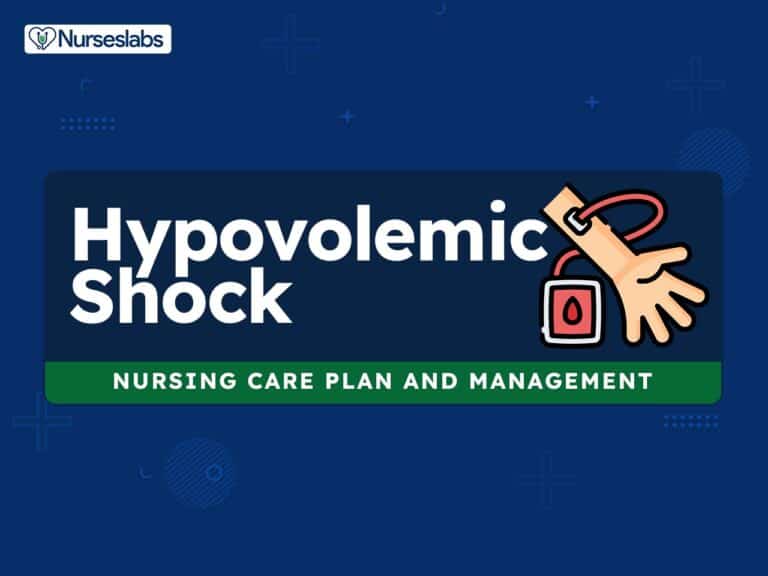
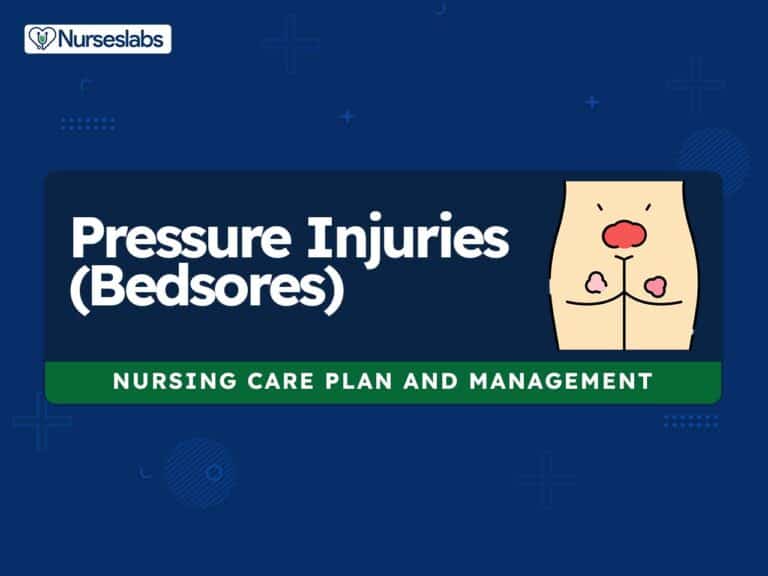
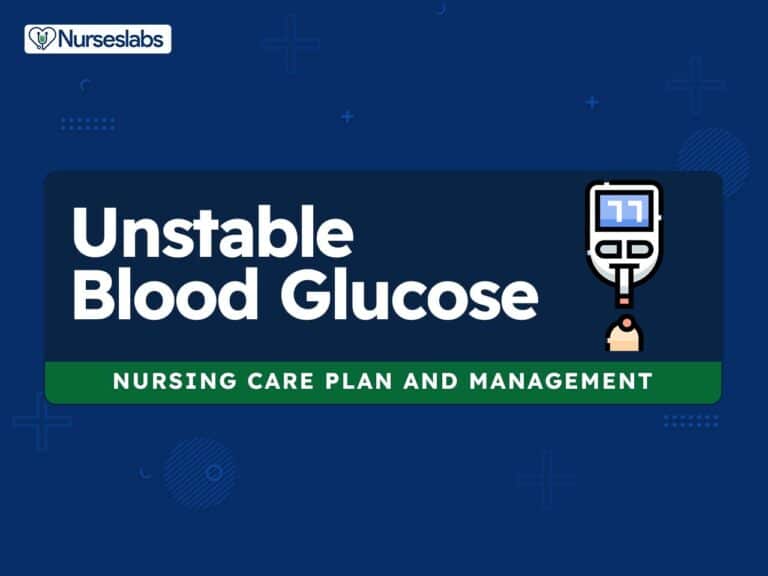

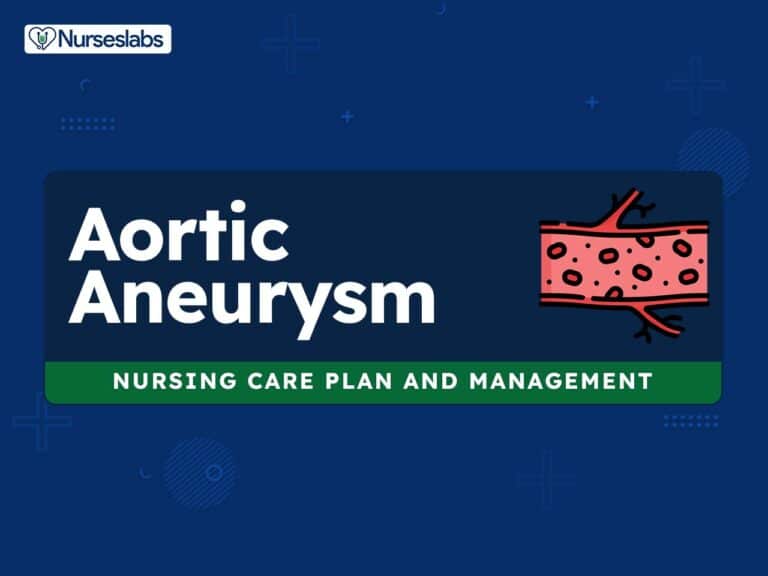
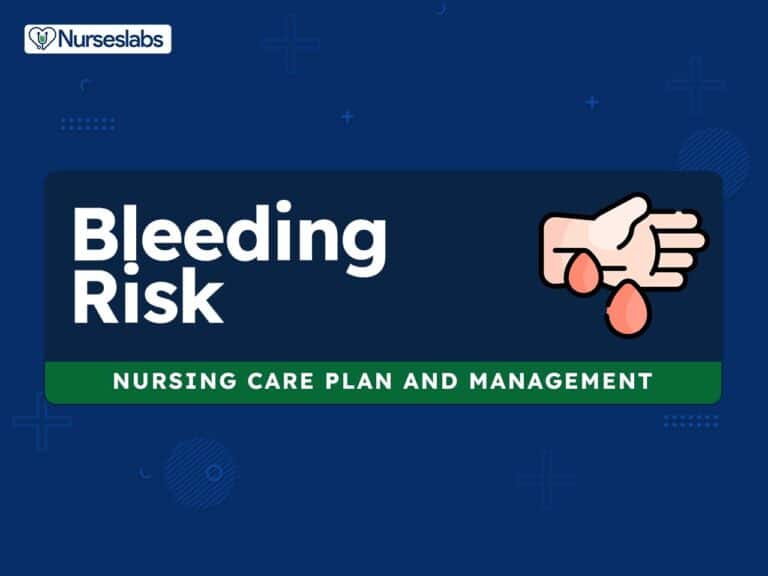
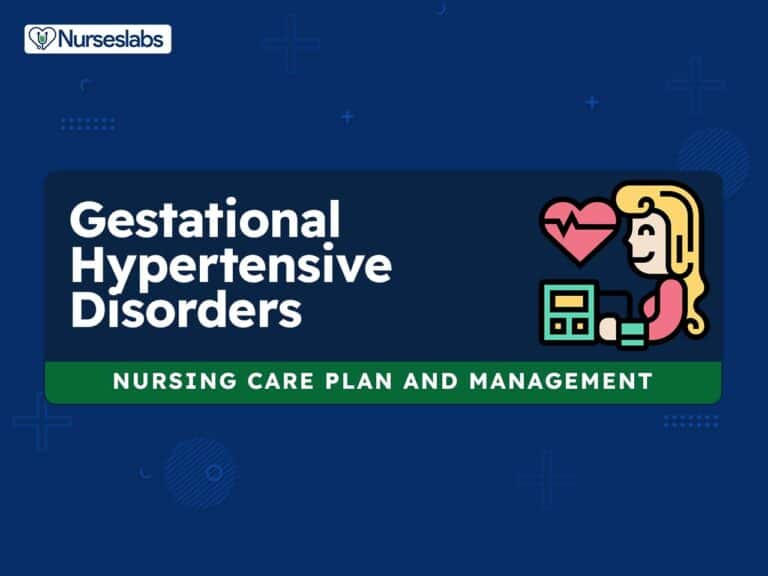

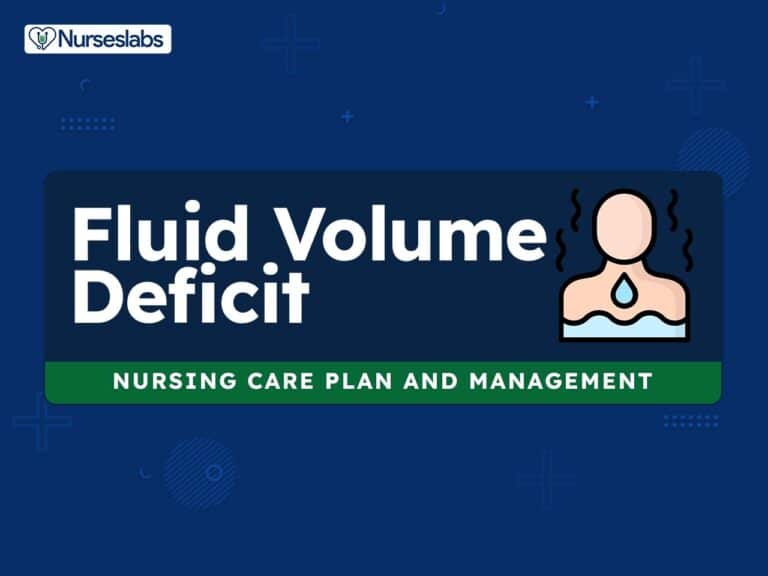
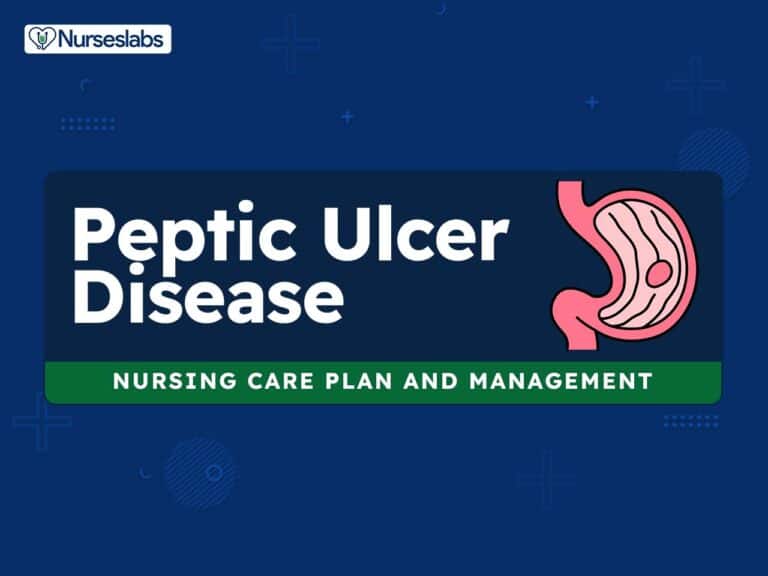
Leave a Comment